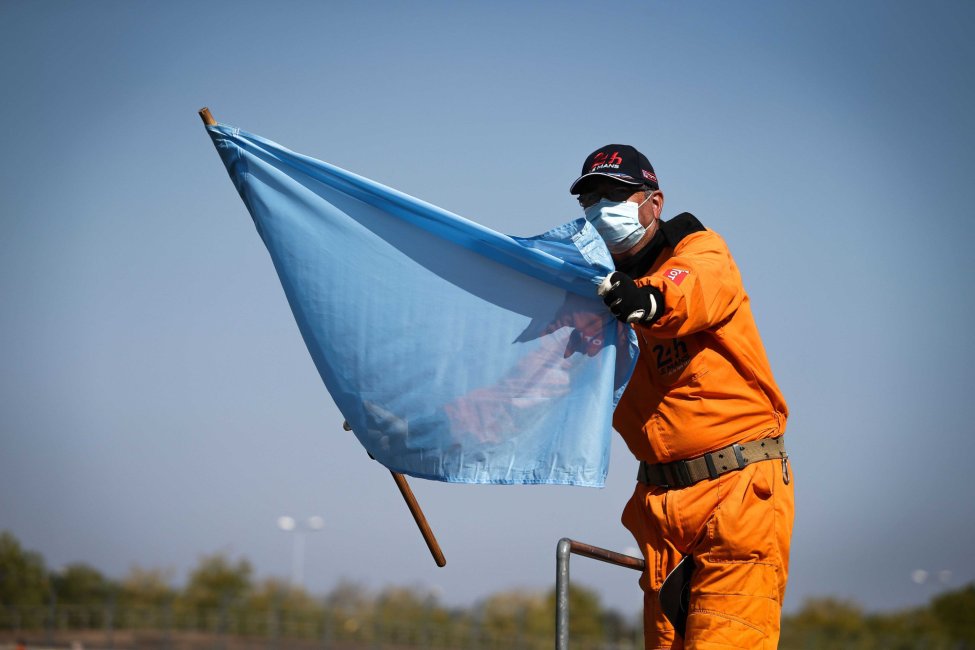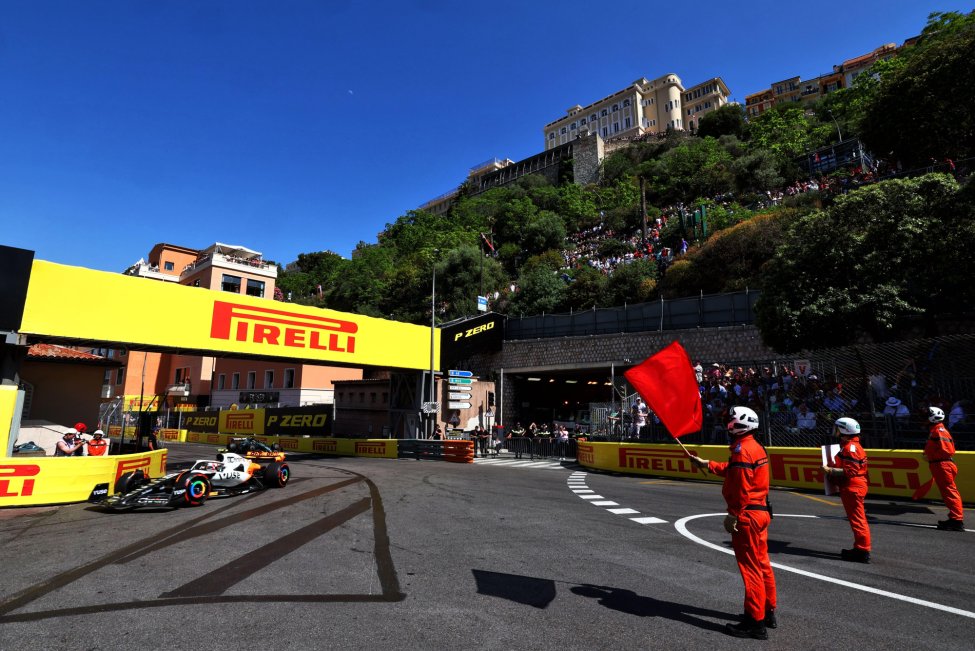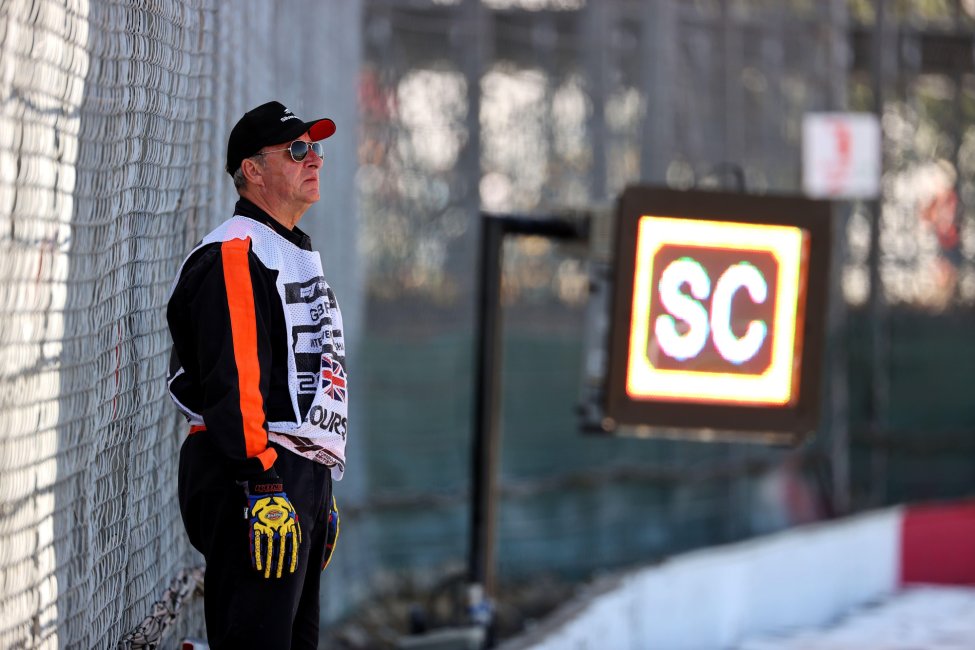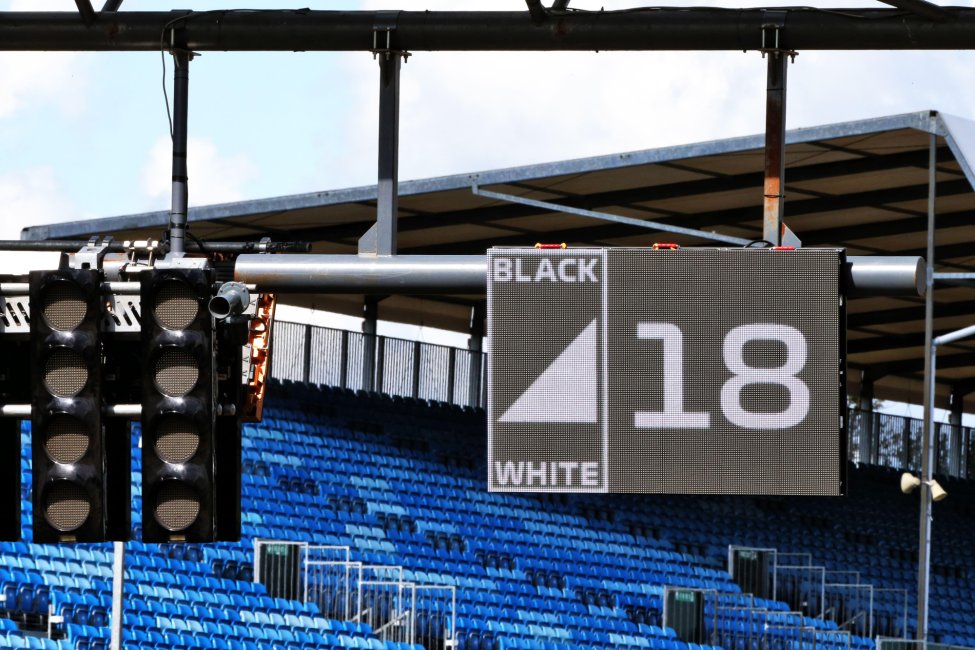All the flags in F1 - A simplified guide
In this adrenaline-fueled sport, flags play a crucial role, serving as silent messengers that communicate vital information to drivers speeding around the track. We'll explain all F1 flags in this simplified guide with examples.
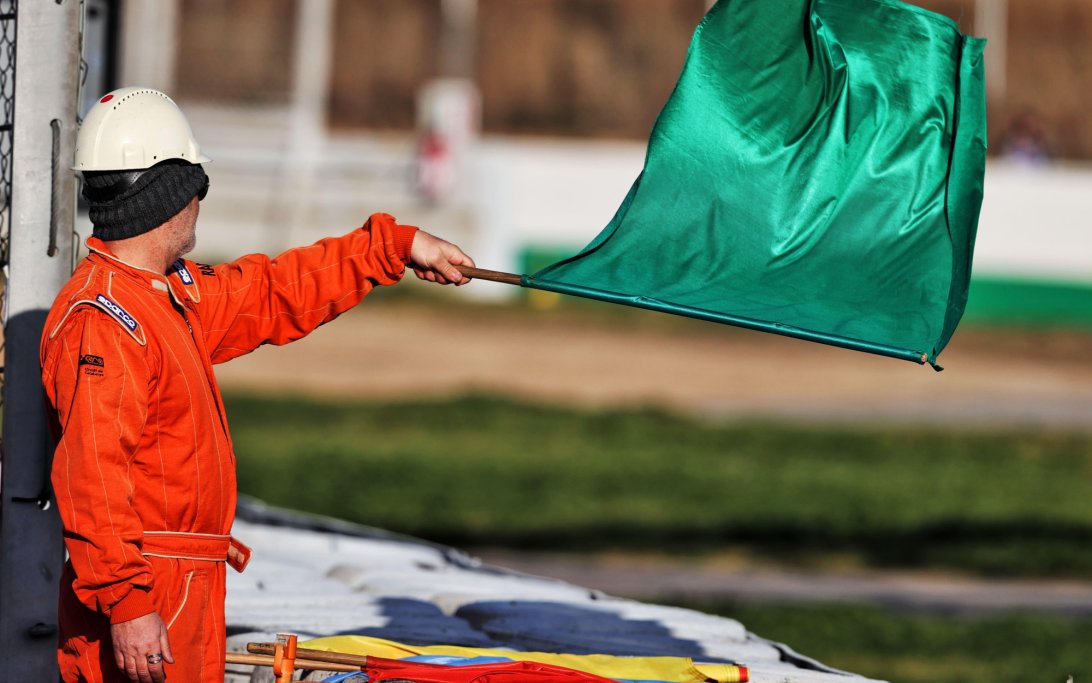
The F1 flag meanings explained
Flags are indispensable tools in Formula 1, conveying vital messages to drivers, marshals, and race control. They serve as universal indicators, alerting drivers to track conditions, hazards, and race regulations, influencing race strategy and safety.
Understanding the significance of each flag is crucial, fostering a culture of safety and collaboration that defines Formula 1 racing. Below, we will explain the meaning of all F1 flags.
The blue flag F1 explained
In Formula 1, the blue flag serves as a crucial communication tool on the track. Its purpose is to notify slower drivers that faster cars are approaching from behind to lap them. When a driver receives the blue flag, it's a signal to yield to the faster cars. The slower driver is expected to make way and allow the faster car to pass smoothly and without obstruction. This ensures that the faster car can continue its race without unnecessary delays.
However, a lapped car is allowed to unlap itself. We saw this happen during the Brazilian Grand Prix in 2018 when Max Verstappen lapped Esteban Ocon, who had fresher tires. Then the French driver tried to unlap himself to avoid losing time with his fresh tires. This resulted in drama because the two drivers collided.
The F1 (double) yellow flag explained
The yellow flag informs drivers that an incident has occurred ahead of them. As a result, drivers must lift and slow down their car. Not slowing down under a yellow flag will result in a penalty from the stewards. The yellow flag is not only used for incidents involving other cars but can also be used if there is too much debris on the track.
Difference between a yellow and double yellow flag
The double yellow flag can also be used within races by the stewards. It has the same rules as a 'normal' yellow flag, but in this instance, a driver has to slow down even more and, according to the rules, must be prepared to even completely stop if needed. As you can imagine, the double yellow flag is used for more dangerous situations.
The f1 red flag explained
In Formula 1 racing, a red flag signals a halt or stoppage of the session or race. When displayed, it indicates that the session or race has been temporarily suspended, requiring all drivers to immediately come to a stop on the track and proceed to a designated area. Upon resumption, a restart will occur.
In the event of a crash during a lap, the results of the previous lap are held. For example, if a driver is in 8th position in lap 19 but crashes in lap 20 and ends up last, when a red flag occurs during lap 20, the result of lap 19 will count, and the driver will retain 8th position instead of falling to last place after the crash. Therefore, after a red flag, the results of the previous lap always take precedence.
A red flag typically arises from a significant crash deemed too dangerous by the FIA to continue the session. Occasionally, it is also used due to hazardous weather conditions, such as heavy rainfall. An instance of this occurred at the Belgium Grand Prix in 2021 at Spa-Francorchamps, where the race was terminated after three laps due to heavy rain.
The f1 chequered flag explained
The F1 chequered flag is the most well-known flag and probably the simplest to understand. When the chequered flag is waved, it signifies the end of the race and determines the final standings. However, these standings can be altered post-race due to penalties awarded after investigation. It's common for final standings to be adjusted after a race due to penalties.
What does being black-flagged mean in F1?
Being black-flagged in Formula 1 means that a driver has been disqualified from the session and is ordered to return to the pit lane by the race officials. This is usually due to a serious violation of the rules or if the car is deemed to be unsafe to continue racing.
The use of flag panels in F1
In addition to flags, Formula 1 also utilizes so-called flag panels. These are digital boards where the flags are displayed. Presenting these digital signals alongside the flags enhances visibility among drivers. Some signals are even exclusively displayed on the flag panels, such as warnings for track limits. If a driver exceeds track limits for the third time, they are warned that any subsequent violation will result in a penalty, as three violations of track limits is the maximum allowed without consequences.
What does the different flags mean in F1?
What is blue flag in F1?
What is the white flag in F1?
What does black flag in F1 mean?
Don't miss out on any of the Formula 1 action thanks to this handy 2026 F1 calendar that can be easily loaded into your smartphone or PC.
Download the calender